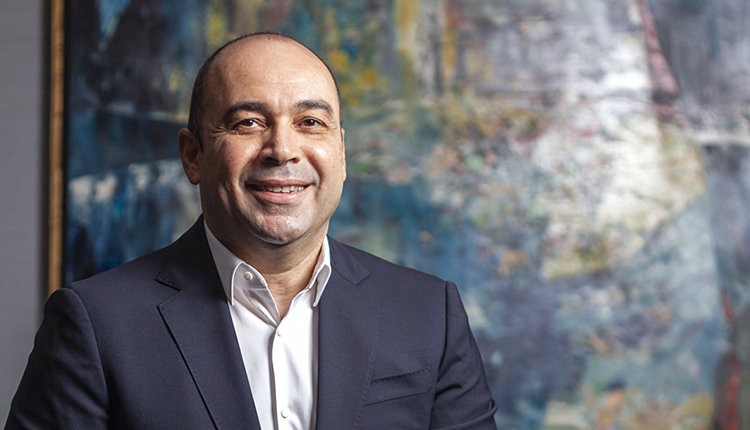Egypt’s AAIB bank net profit falls 2.4%, hit by tech-upgrade costs
Egypt’s Arab African International Bank (AAIB) posted on Wednesday a 2.4 percent decline in first-half net profit from a year earlier after being hit by planned restructuring costs.
AAIB reported net profit of $102.5 million in the period January to June, compared with $105.5 million in the same period a year earlier.
Revenues totalled $225.3 million in the first half, 3.8 percent down from $234.2 million at the end of June 2018. Meanwhile, total revenues – excluding recurring revenues – climbed 2.7 percent to $225.3 million from $219.4 million.
Total assets grew 9.9 percent to $12.7 billion at the end of June 2019, compared with $11.53 billion at the end of December 2018.
Customers’ deposits also rose 2.6 percent to $9 billion in the first half, compared with $8.78 billion at the end of December 2018.
Shareholders’ equity surged 9.9 percent to $1.74 billion, compared with $1.61 billion in 2018.
Overall, net interest income, the profit a bank makes on its core lending activities, jumped 17.5 percent to $189.7 million in the first half from $161.5 million in the same period a year earlier.
AAIB; a Successful Year
2019 was a pivotal year for the AAIB, which significantly invested in upgrading its digital infrastructure, said vice chairman and managing director Sherif Elwy in a bank statement.
Throughout this year, the bank launched a digital portfolio for its customers and activated a new core banking system designed to modernise a vast number of fintech applications for individuals and corporates, Elwy added.
“We have managed to post outstanding results for the first half of the year thanks to AAIB’s ambitious and meaningful strategies based on attracting new customer segments as well as expanding locally and regionally,” he said.
The results decisively reflect AAIB’s successful efforts to focus on restructuring all resources and potentials to boost profitability, he added.
“AAIB has put into consideration the importance of achieving a digital transformation and keeping pace with the rapid technology development of operation systems and mobile applications.”


